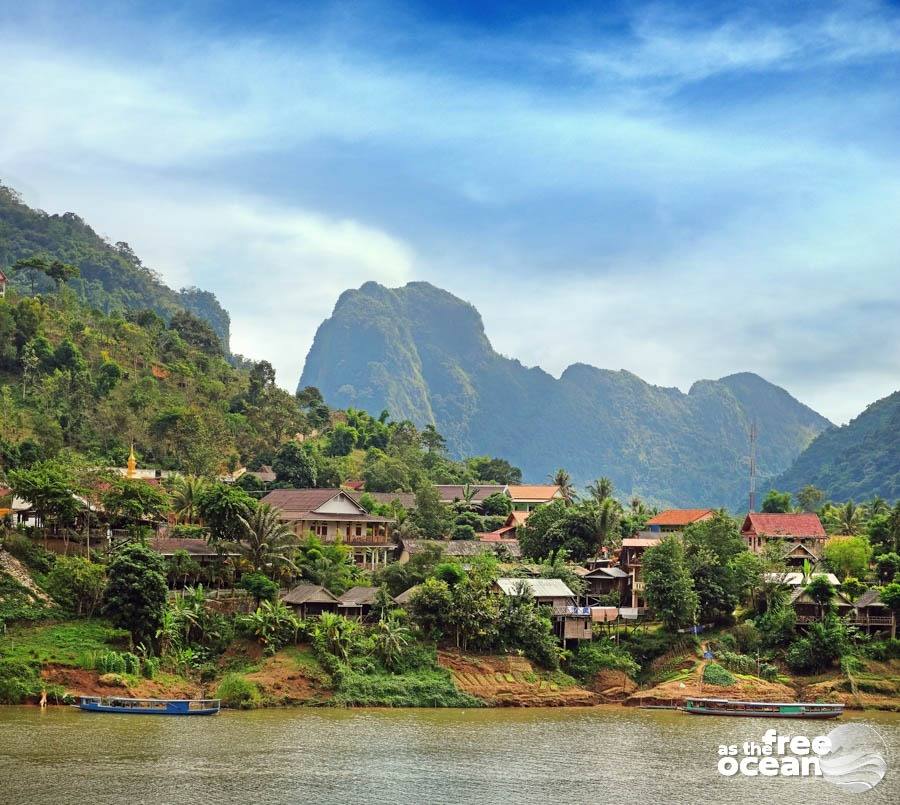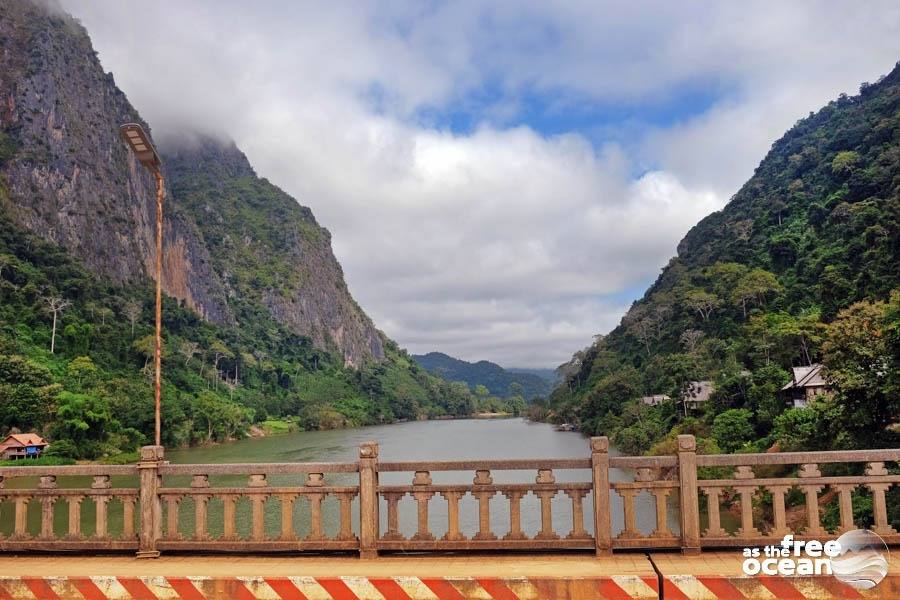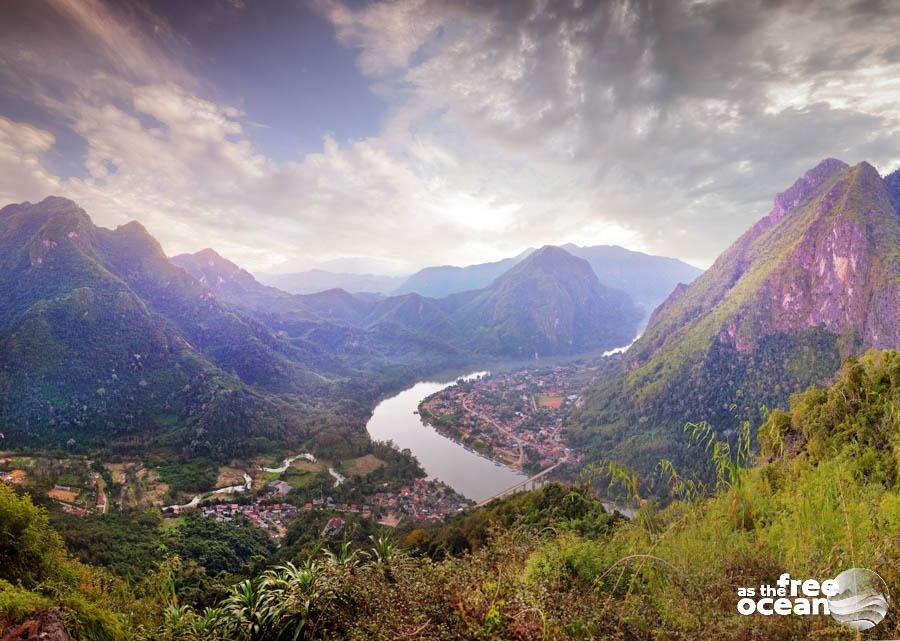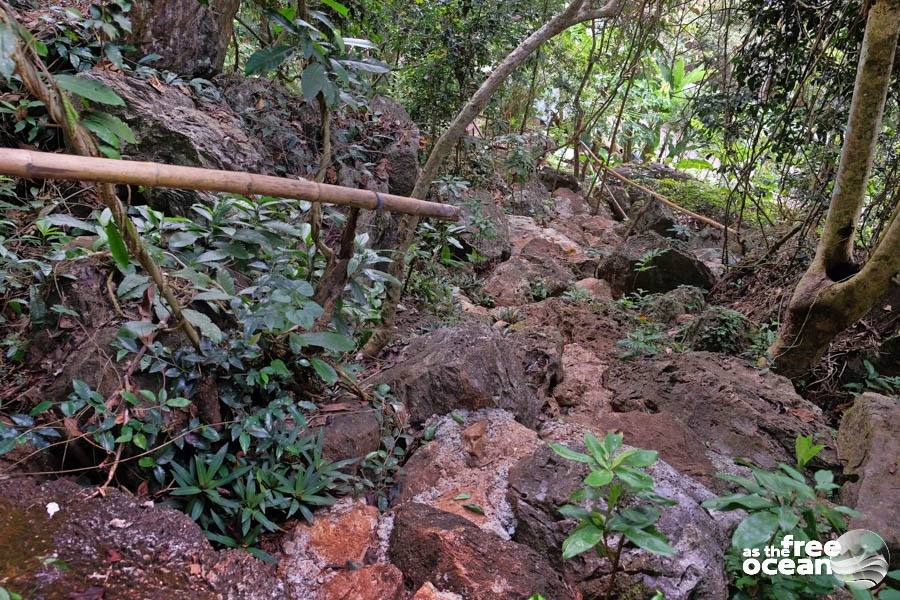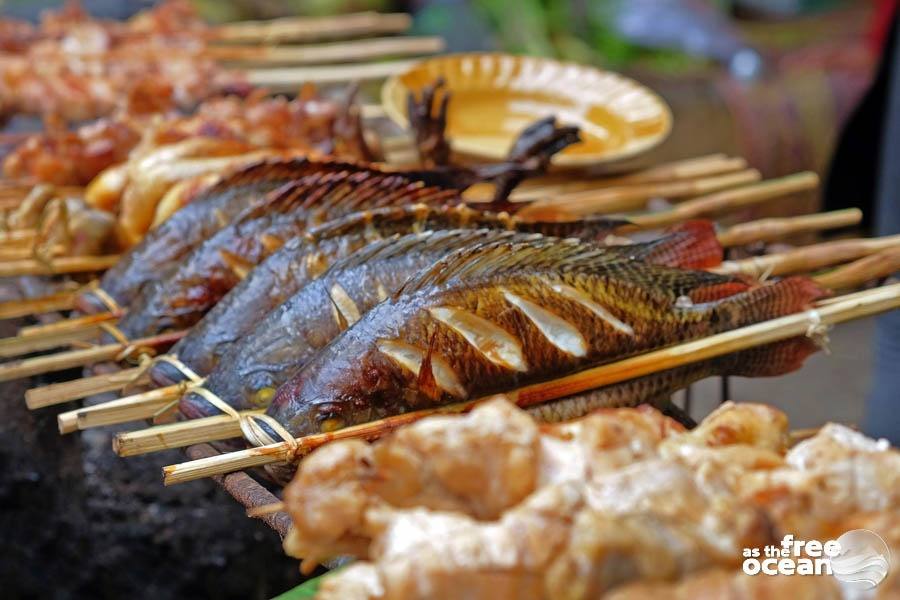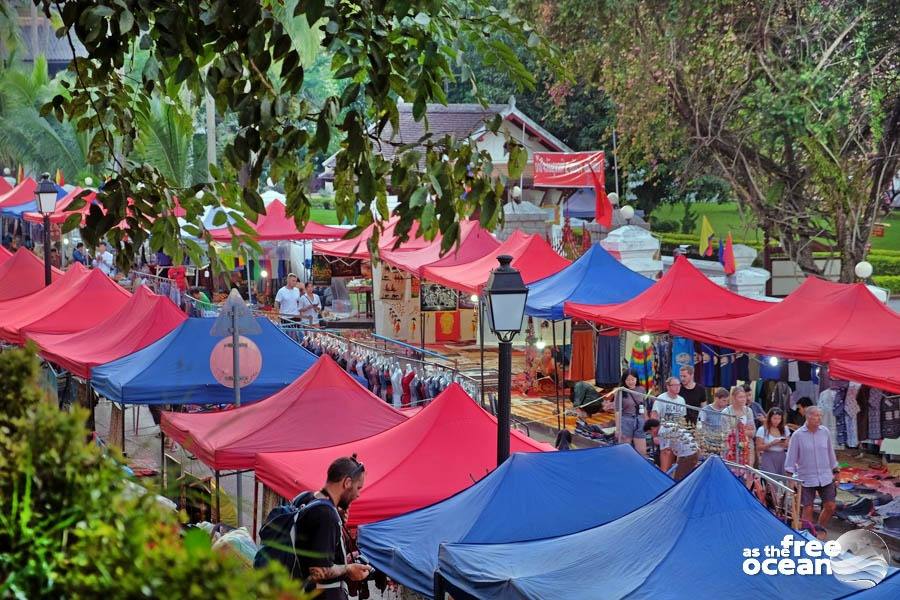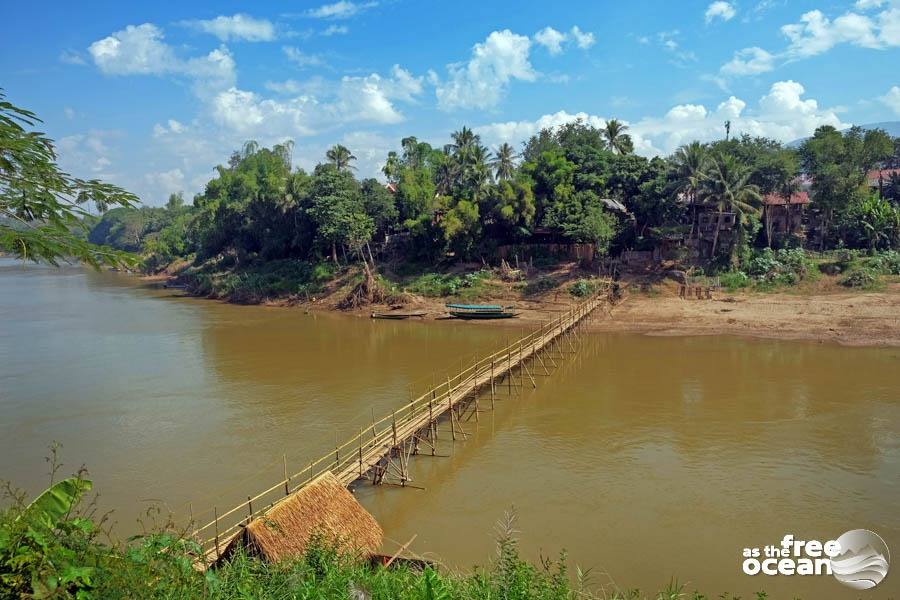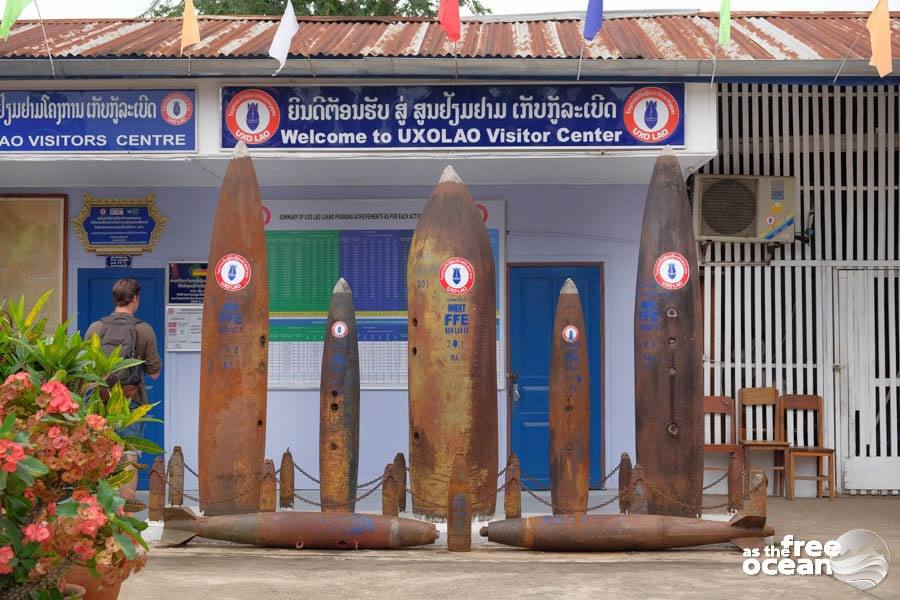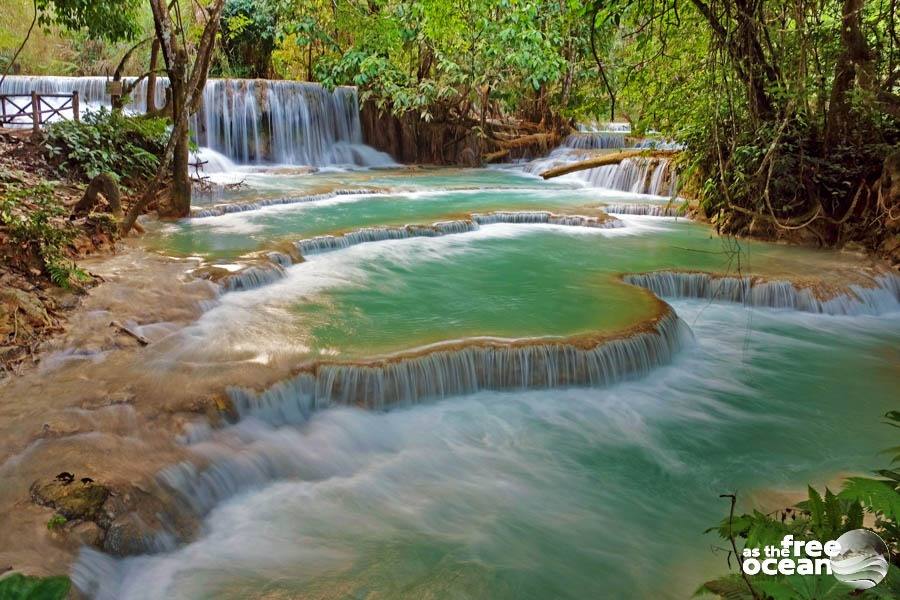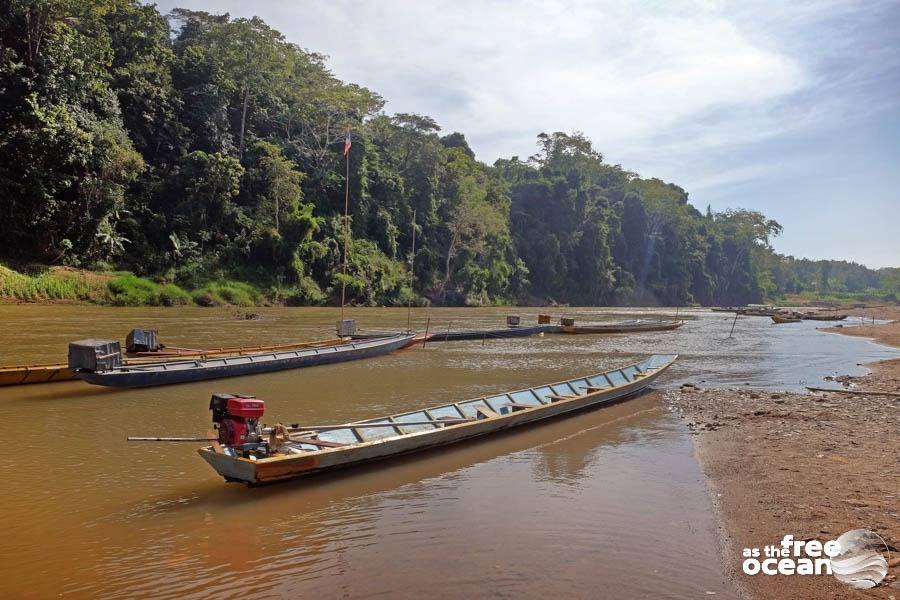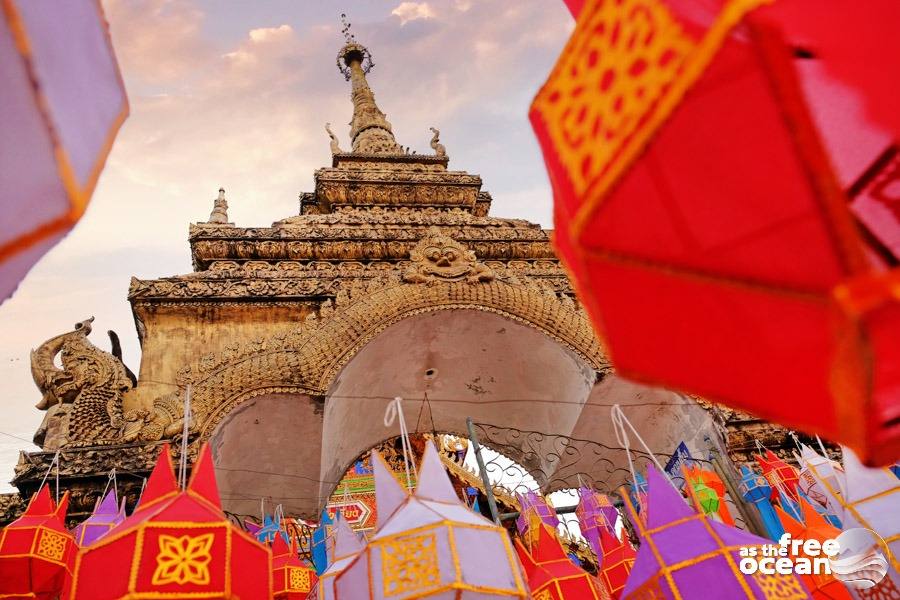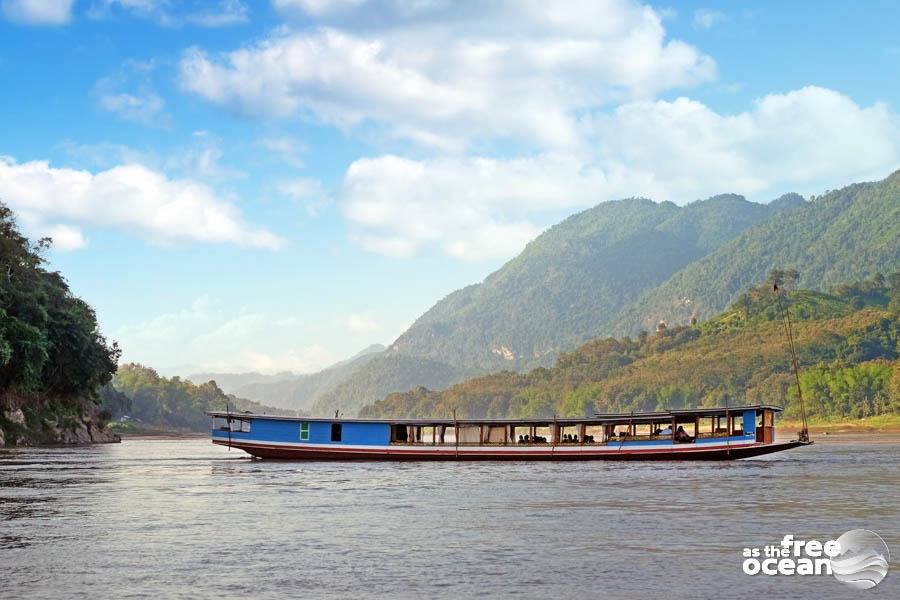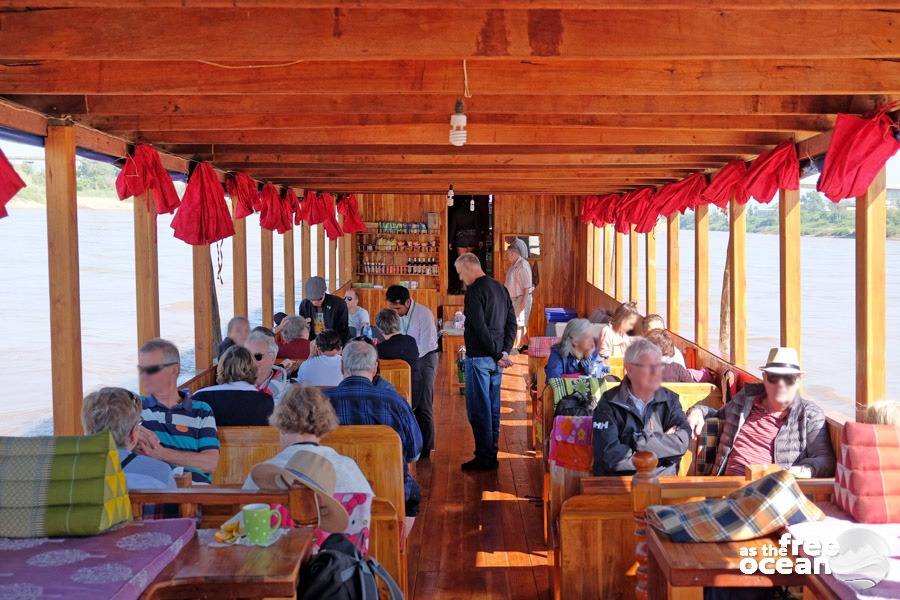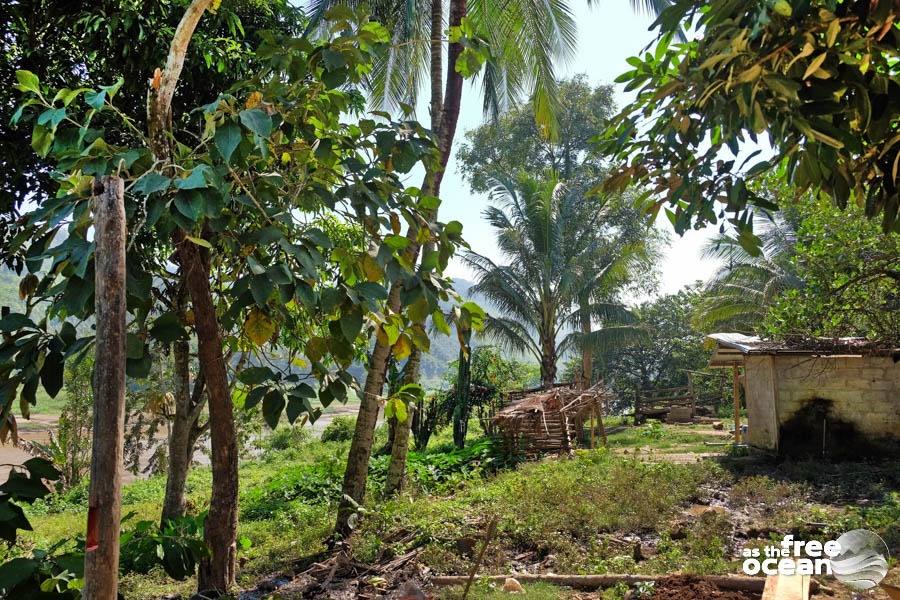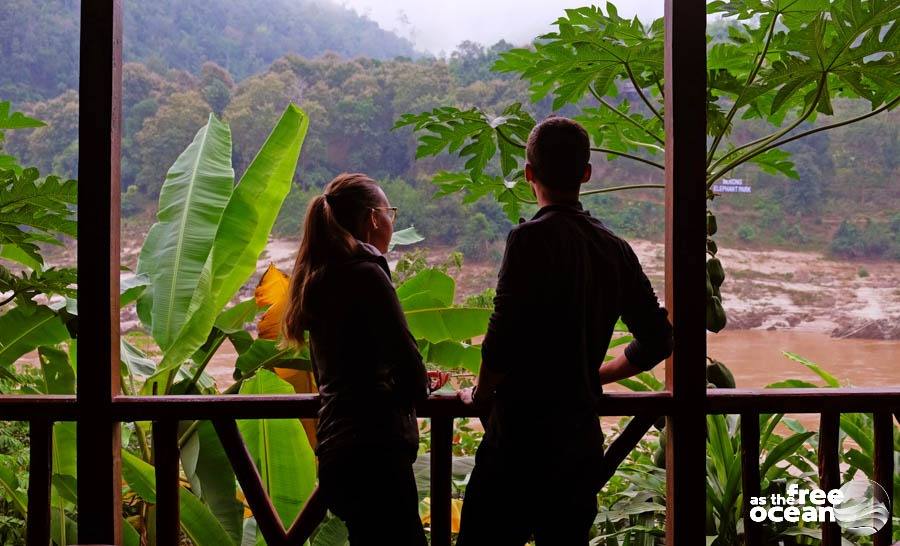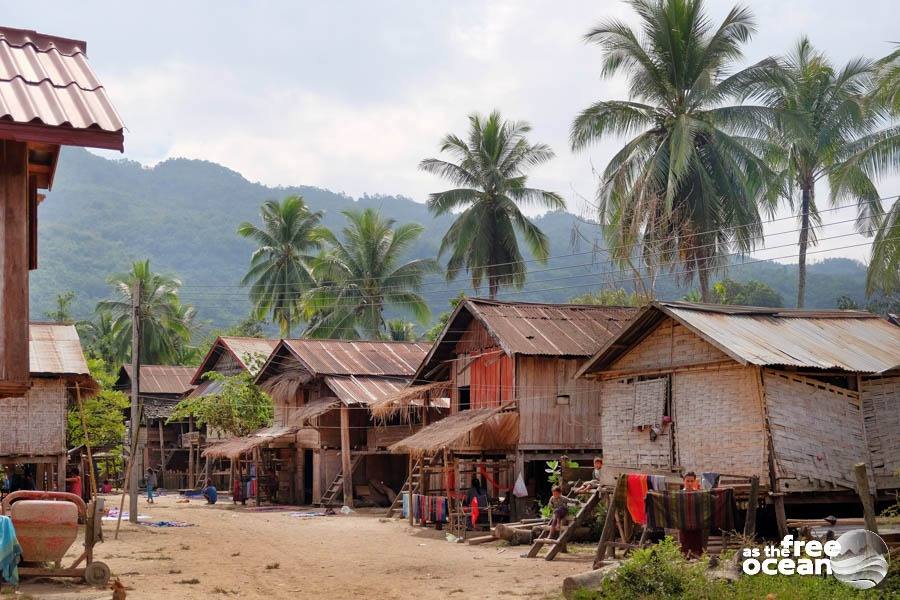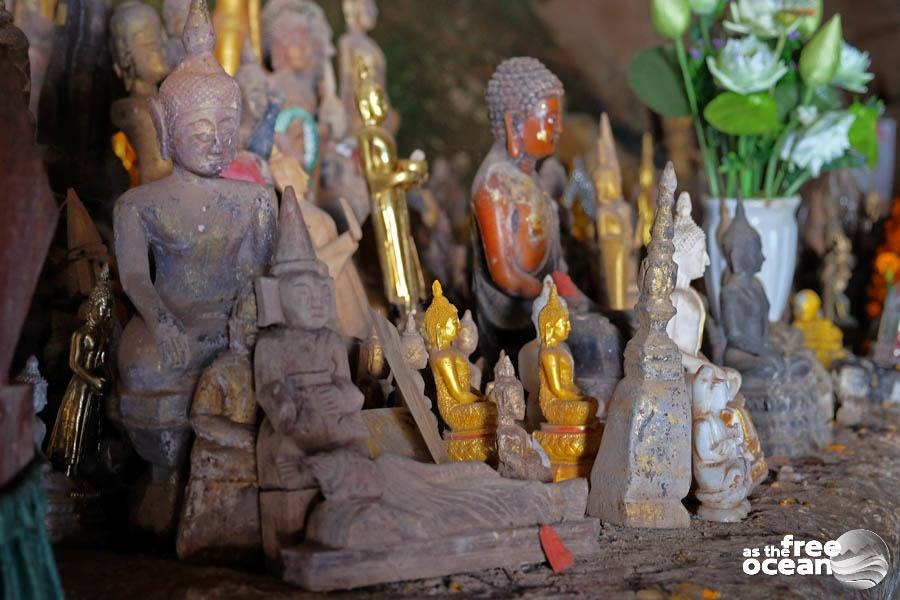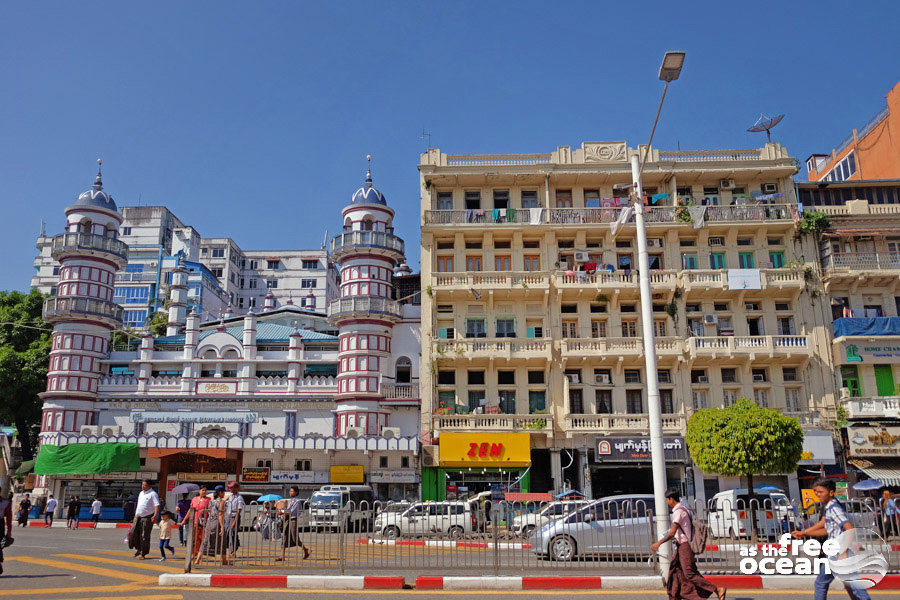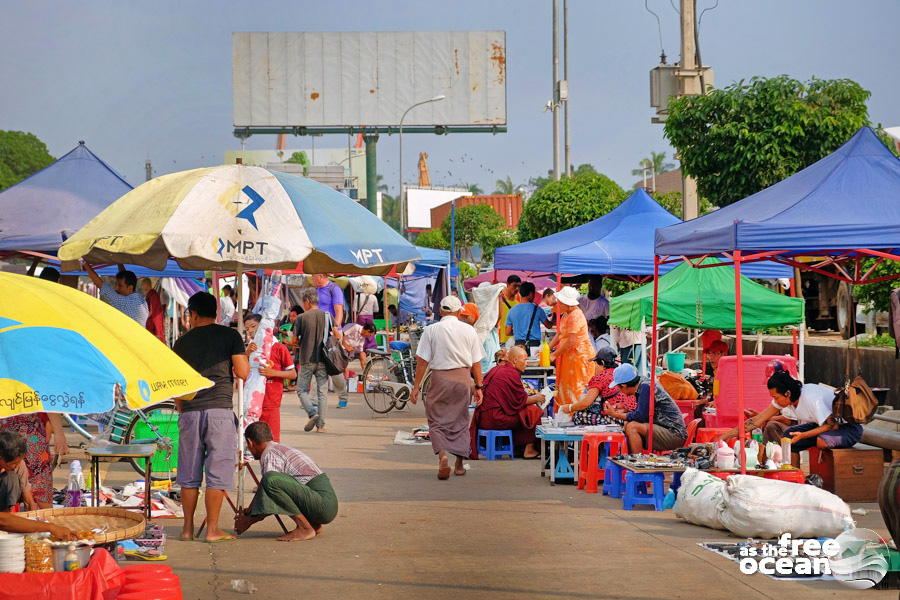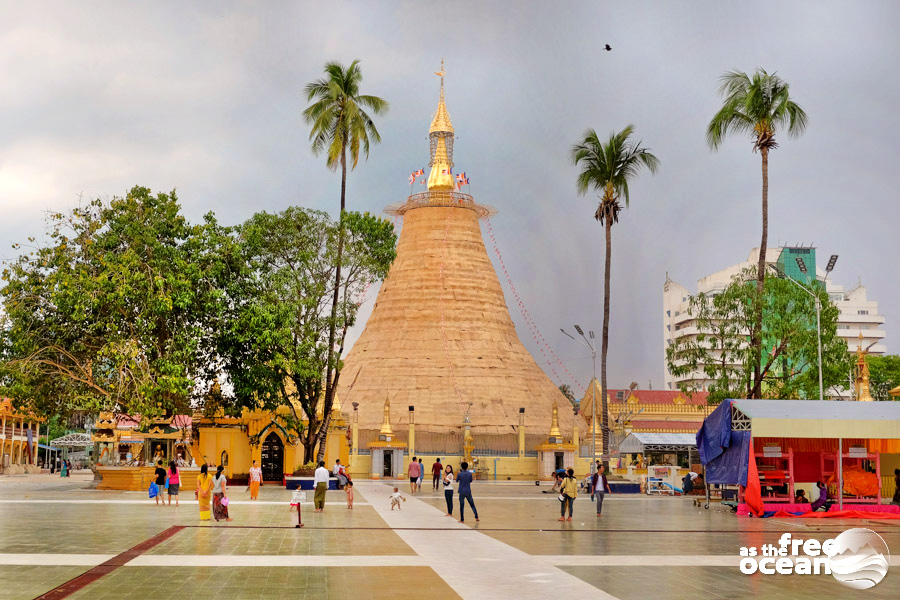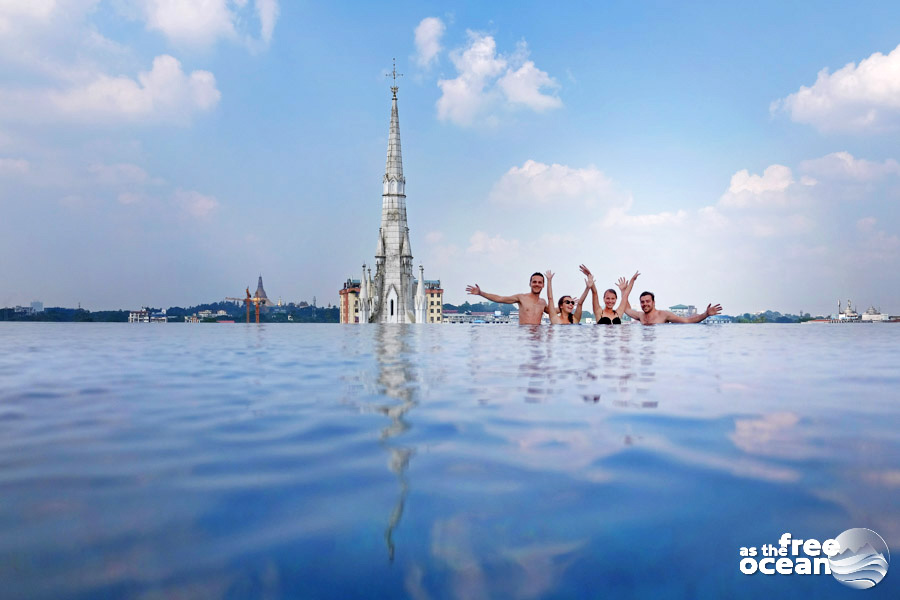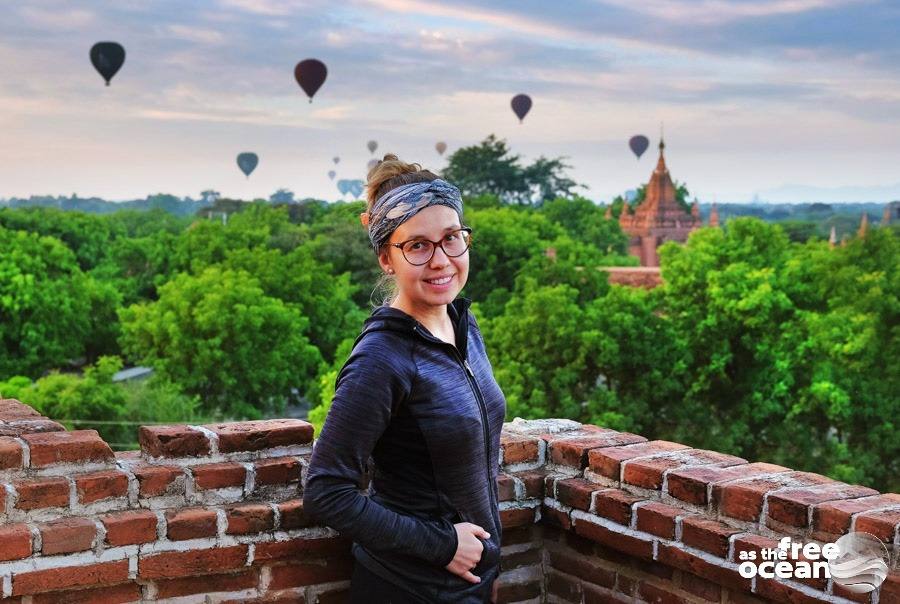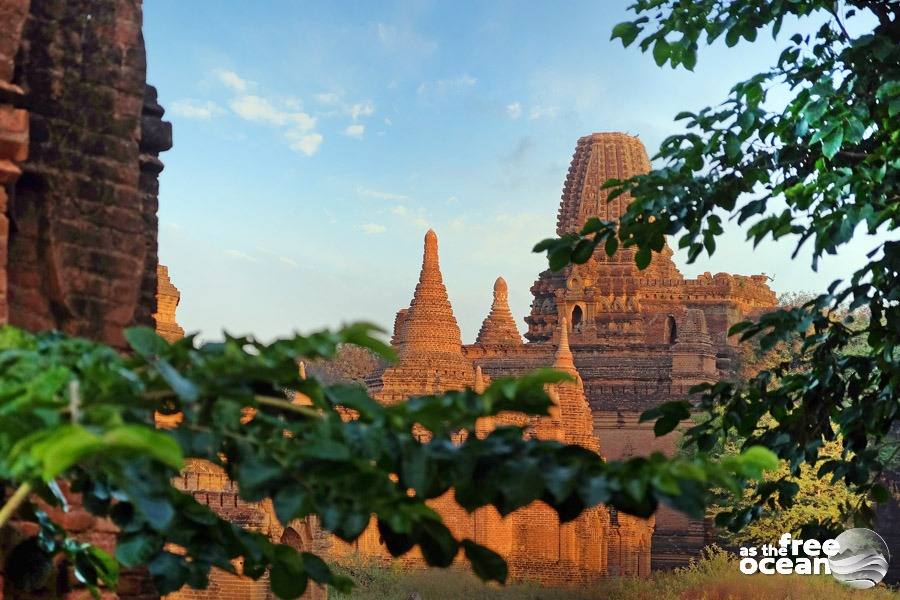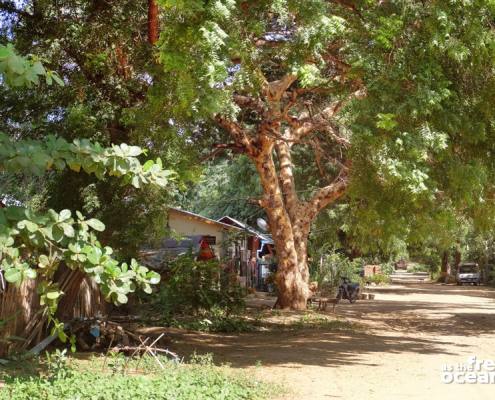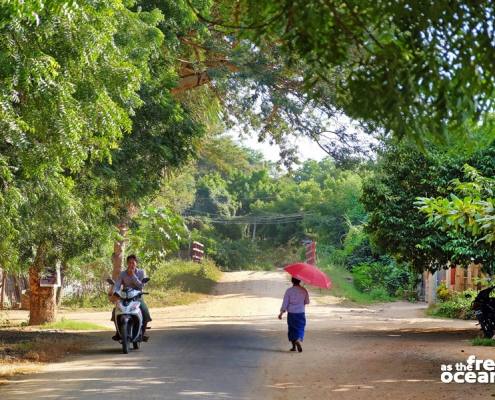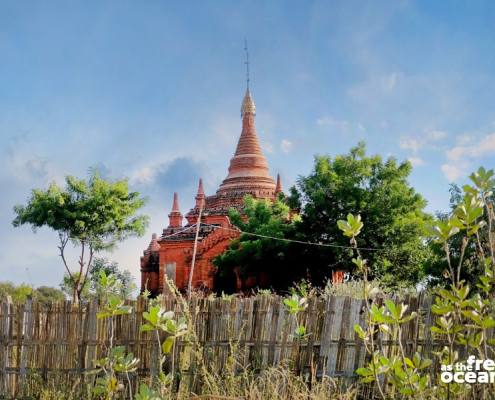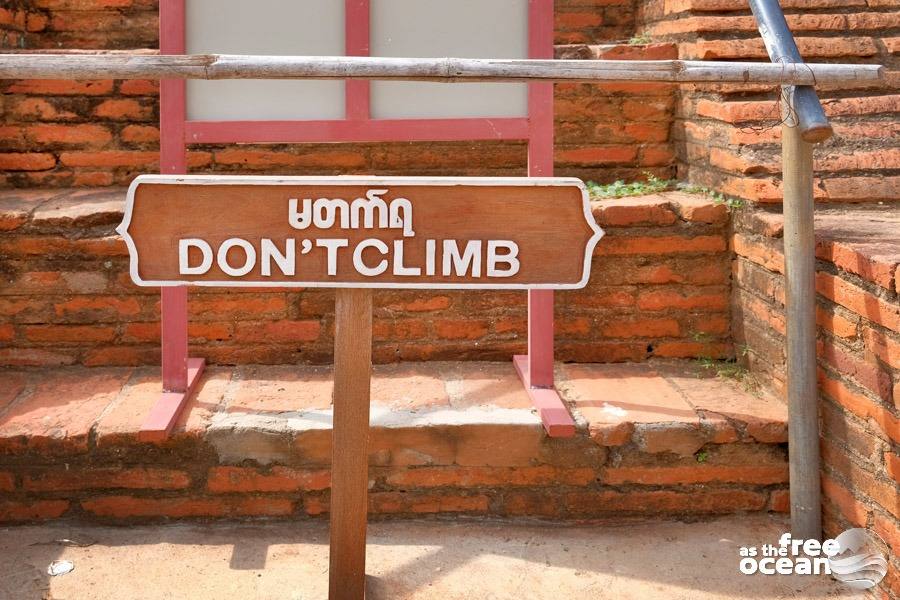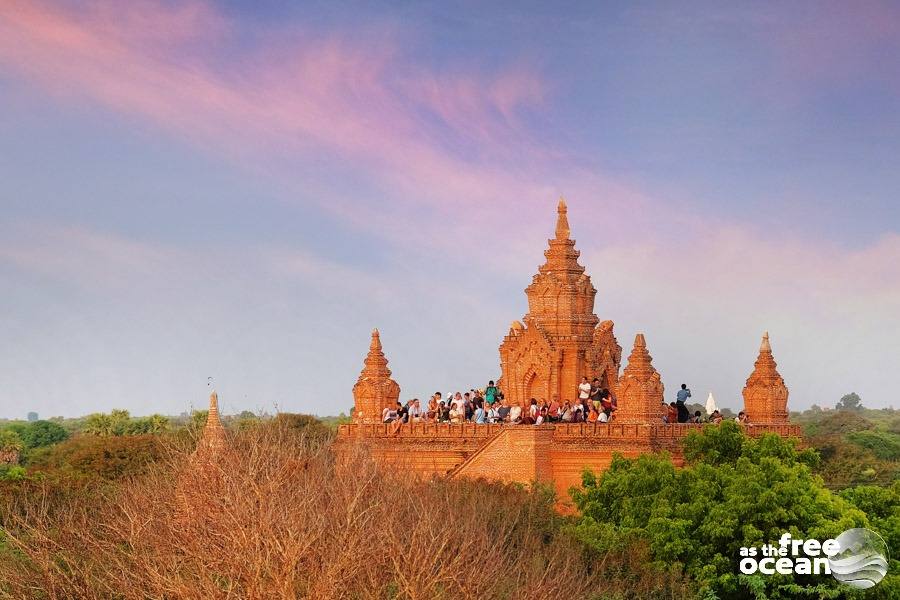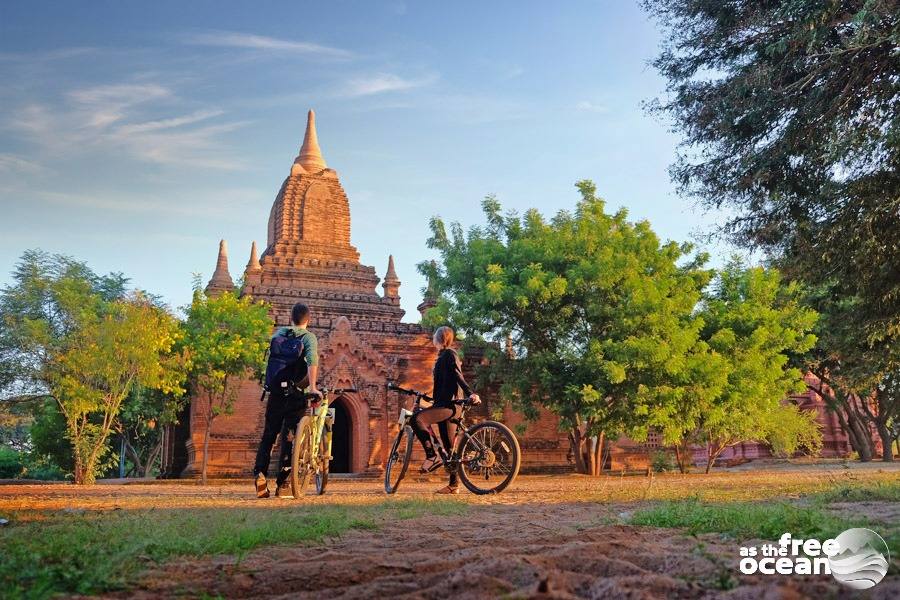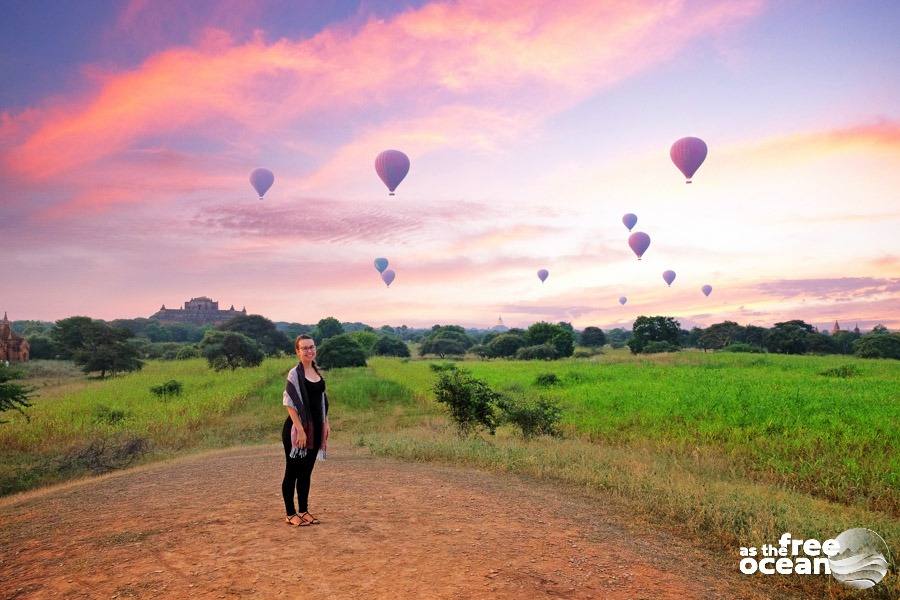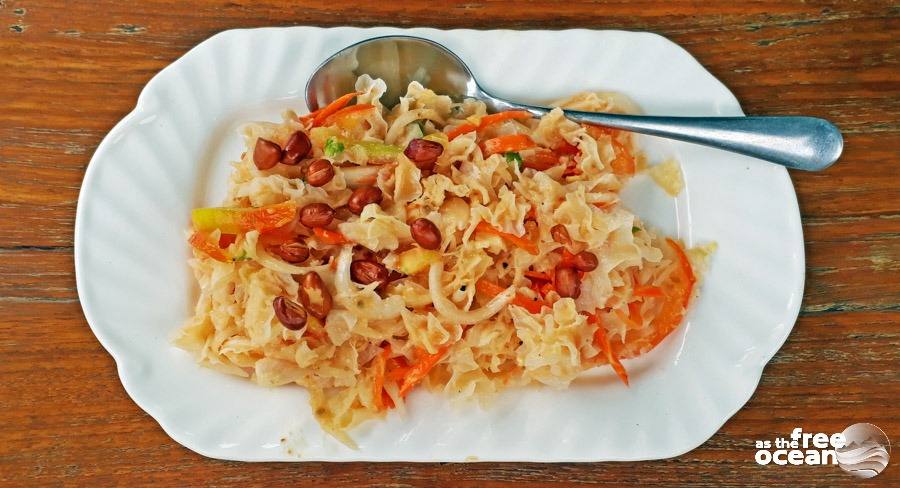In 2016 I was part of the crew of the cruise ship Costa Luminosa which left the Mediterranean sea at the beginning of that year for an around the world cruise. The cruise itself has been an unforgettable experience and the places that we visited became unique memories. Three years later I found myself traveling to the same places, with more time and with the wish to explore more of what felt at that time extraordinary but short in time.
From Rio Grande to Ushuaia
We left the city of Tango by taking a night flight from Buenos Aires to Rio Grande, situated in the northern part of Tierra del Fuego, Argentina’s most southern region. The town itself is not a touristic spot but a good and cheap destination for flights coming from the capital city. Of course, we had also the option to travel by bus, but the high prices for bus tickets and the incredibly long journey encouraged us to travel by air. Rio Grande is only two hours and a half bus ride far from Ushuaia and there are regular buses covering the route between the two cities. Unfortunately, there is not much information online regarding departure times, but there are minivans leaving every two hours, starting from 6 am to 8 pm. We took a taxi to the city and the driver was kind enough to drop us at one of these minivans agencies, which allowed us to buy tickets for the first available bus at a price of 600 Argentinean pesos per person.
Ushuaia, at the end of the world
We crossed large deserted landscapes that reminded us very much of the wilderness of the Himalayas when we explored the Tibetan plateau. Later in the afternoon, we found ourselves surrounded by the Patagonian mountains while driving along the Beagle Channel until we reached Ushuaia. It was cold outside and we excitedly walked into our hostel, where we dropped our backpacks and went for a walk in the city. I remembered how much I wanted to return to this place and I was happy for how good it felt to be back there.
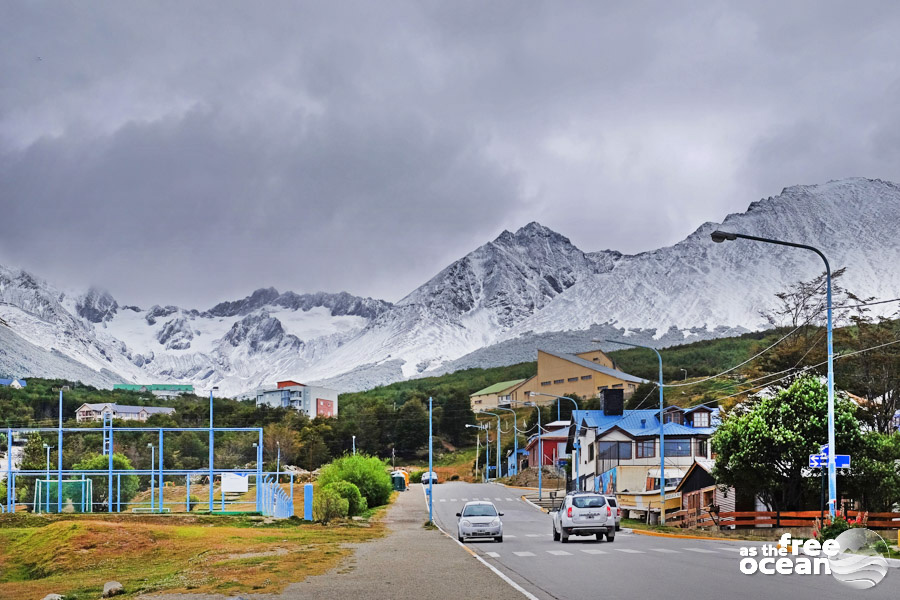
The capital of Tierra del Fuego
Ushuaia is the only municipality in the Department of Ushuaia. Located at the meeting point of the two biggest oceans of our planet, Ushuaia is also the access gate to expeditions and cruises in the frozen waters of Antarctica. We looked for more budget-friendly experiences and booked a catamaran tour on the Beagle Channel. Tickets can be purchased at any of the many agencies in the city or directly in the port.
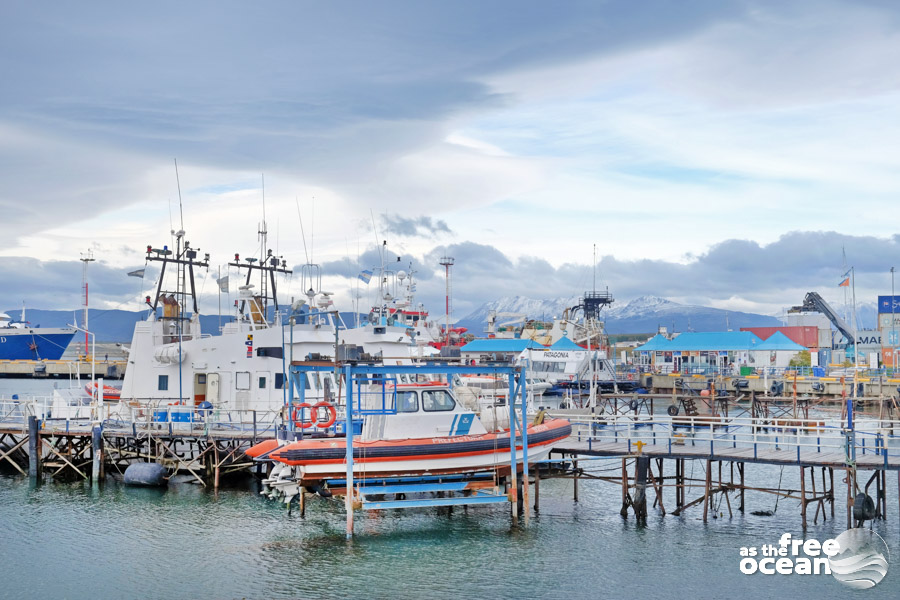
The experience was fascinating for the diverse fauna of the place and the impressive views over the mountains. Seagulls, sea lions, imperial cormorants and fulmars became subjects for our photographs and we even got the chance to walk on one of the small islands on the channel. We returned to the port less than three hours later, just in time to hide from the strong winds in one of the cozy coffee shops in the area.
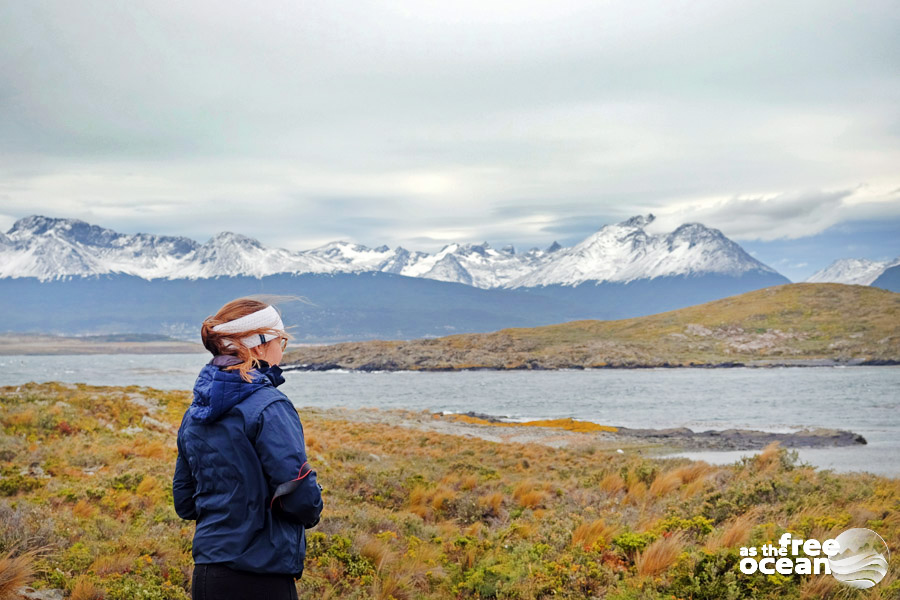
Tierra del Fuego National Park
We planned a long time for Ushuaia in order to enjoy as much as possible our stay there and, because the weather got better throughout our journey to the south of the continent, we reserved a whole day for the National Park Tierra del Fuego.
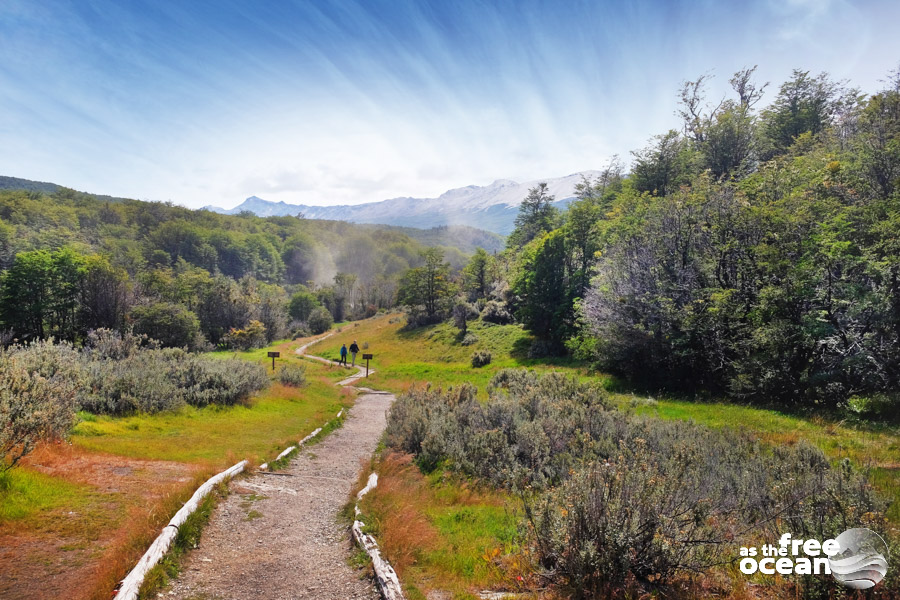
There are buses and an expensive, but somehow picturesque touristic steam train leaving from Ushuaia to the National Park, but we decided to negotiate the transfer price with a local taxi driver, as we teamed up with other two travelers from our hostel and therefore managed to get a convenient and more tempting offer than the one offered by the bus companies.
There are three main routes that you can go trekking on inside the park, but we covered only two of them as the winds got stronger and colder in the late afternoon.
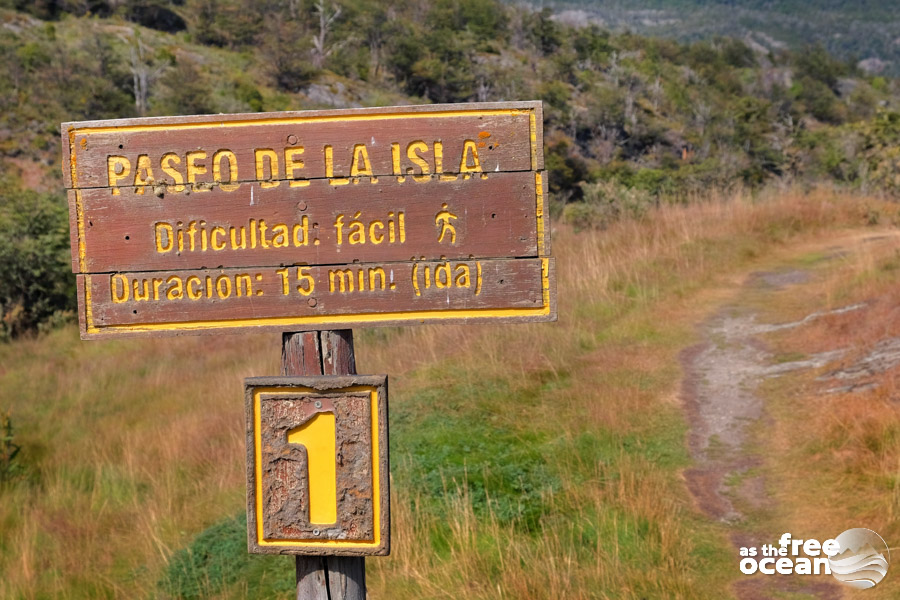
But we were able to admire a lot of the beautiful nature and the fauna at the lakes. And, as our photographs weren’t enough to remember us of the day at the end of the world, we also got our passport stamped at the post office located at the entrance.
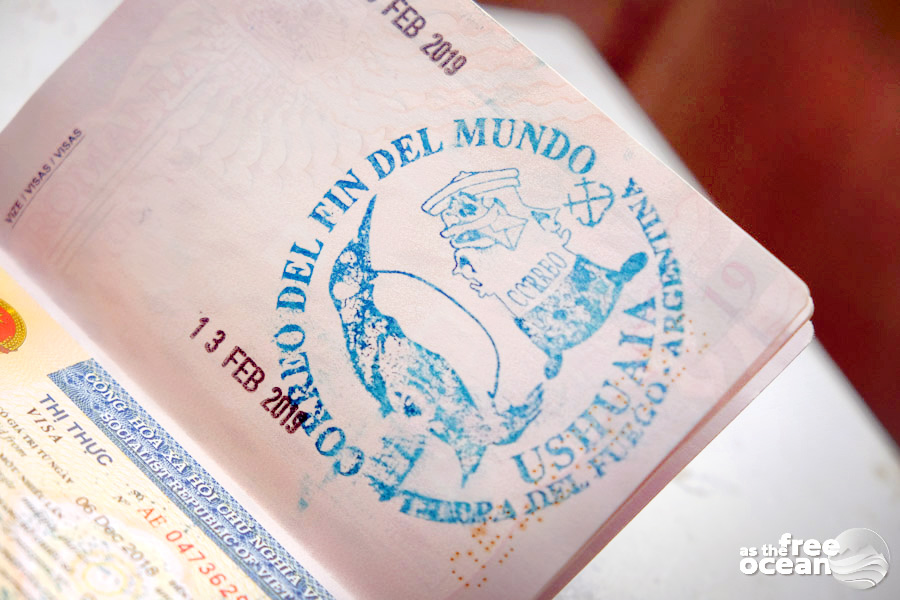
On the morning of our sixth day in Ushuaia, we had a last glimpse at the waters of the Beagle Channel and the mountains overlooking silently the city, before we boarded the aircraft that would bring us into the heart of the Patagonian mountains, to El Calafate.
See here more pictures from Ushuaia.

